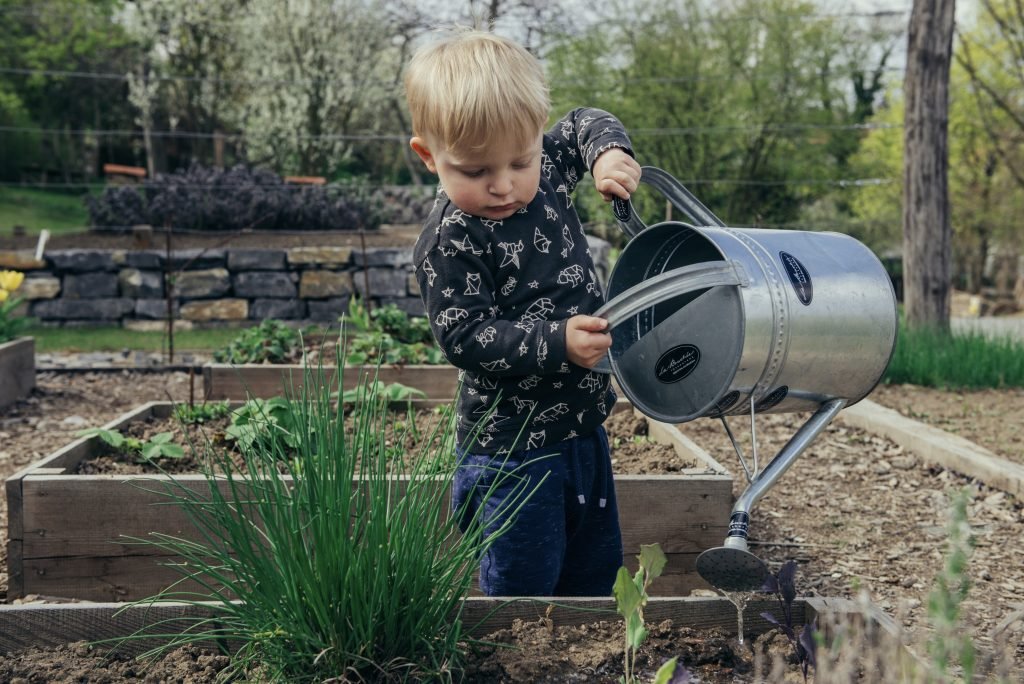Creating a productive and organized herb spiral may seem like a daunting project, but with the right steps, you’ll find it’s an enjoyable and rewarding experience. First, you’ll need to choose a sunny location and gather materials like rocks or bricks. Begin by planning the spiral’s layout and marking the area. Next, start building the base and carefully work your way up, ensuring the spiral gradually ascends. As you build, fill in soil, and plant your herbs according to their specific light and water needs. Finally, give your new herb spiral a good watering and regular care to maintain its productivity and beauty. By following these steps, your herb spiral will be a functional and aesthetically pleasing addition to your garden. Have you ever wondered how you can maximize the use of your garden space while growing a diverse variety of herbs? With a little creativity and some basic gardening knowledge, you can create an herb spiral that not only looks stunning but also enhances your garden’s productivity.
Through this guide, we’ll walk you through the steps of constructing a productive and organized herb spiral. Whether you’re a seasoned gardener or a newbie, you’ll find this guide easy to follow and implement.
What is an Herb Spiral?
Before diving into the steps, it’s important to understand what an herb spiral is. An herb spiral is a vertical garden design that maximizes space and creates a micro-environment with different sun and moisture levels, allowing you to grow a variety of herbs in a small area.
Benefits of an Herb Spiral
An herb spiral can be highly beneficial:
- Space-Efficient: It allows you to grow more plants in less space.
- Micro-Environment: Different plants have varying needs for sunlight and moisture. An herb spiral provides different conditions as the height changes.
- Accessibility: It’s easier to reach plants since the spiral brings them up to a comfortable height.
- Aesthetic Appeal: Herb spirals can add a unique and visually appealing element to your garden.
Steps for Creating a Productive and Organized Herb Spiral
Creating an herb spiral involves several steps. Let’s break each step down for better understanding.
1. Planning and Designing Your Herb Spiral
Before you start building, you need to plan. Consider the following:
Location
Choose a spot that receives at least 6-8 hours of sunlight per day.
Size
Determine the size of your herb spiral based on the available space. A diameter of 1-2 meters (3-6 feet) is usually ideal for most gardens.
2. Gathering Materials
You will need specific materials to construct your herb spiral. Make sure you have the following:
| Material | Purpose |
|---|---|
| Stones, Bricks, or Wood | Creating the spiral structure |
| Compost or Potting Soil | Filling the spiral |
| Gravel or Small Rocks | For base drainage |
| Mulch | Retaining moisture |
| Selection of Herbs | Planting in the spiral |
| Gardening Tools (trowel, gloves) | General gardening tasks |
3. Preparing the Base
The base is crucial as it affects drainage. Here’s how to prepare it:
Clearing the Ground
Clear the ground of any grass, weeds, or debris.
Adding Gravel
Lay a layer of gravel or small stones about 3-4 inches deep. This will promote good drainage.
4. Building the Spiral Structure
This is the fun part where your spiral starts to take shape.
Laying the First Layer
Start laying your chosen building material (stones, bricks, or wood) at the base in a circular manner.
Building Upwards
Work your way upwards, narrowing the spiral as you go. The height should be around 1 meter (3 feet) at the center.
5. Filling the Spiral with Soil
Once the structure is up, it’s time to fill it with soil.
Layering
Start by adding a layer of compost or potting soil. Mix some garden soil if necessary. Fill the spiral to the top while ensuring the soil levels are even with the walls you’ve built.
6. Planting Your Herbs
Different herbs have different requirements. Here’s how to organize them in your spiral:
Top of the Spiral
Plant herbs that prefer drier conditions and plenty of sunlight such as rosemary, thyme, and oregano.
Middle Section
Plant herbs that require moderate moisture levels like basil, parsley, and cilantro.
Bottom Section
Plant herbs that prefer more moisture, such as mint, chives, and lemongrass.
7. Mulching
Add a layer of mulch around your herbs. Mulch retains moisture, reduces weed growth, and adds organic material as it decomposes.
8. Maintenance and Care
To keep your herb spiral productive and attractive, regular maintenance is necessary.
Watering
Watering needs will vary depending on the herbs and the weather. Generally, the top of the spiral will need less water compared to the bottom.
Pruning
Regular pruning encourages new growth and prevents herbs from becoming leggy.
Weeding
Although mulch helps suppress weeds, you’ll still need to check and remove any that appear.
9. Harvesting
With proper care, your herb spiral will yield a bountiful harvest. Harvest herbs regularly to encourage new growth.
10. Seasonal Care
Consider the seasonal variations and make necessary adjustments.
Winter Care
In colder climates, you might need to protect your herbs during winter. Cover them with frost cloths or mulch heavily around the base.
Summer Care
In hotter climates, ensure adequate watering and consider providing some shade if the sun is too harsh.

This image is property of images.pexels.com.
Tips for a More Productive Herb Spiral
For even better results, keep these tips in mind:
Companion Planting
Plant herbs that benefit from each other’s presence. For instance, basil and tomatoes are good companions.
Pest Control
Use natural pest control methods such as neem oil or introduce beneficial insects like ladybugs.
Soil Health
Periodically add compost and organic matter to keep the soil healthy and rich in nutrients.
Common Mistakes to Avoid
Avoid these common pitfalls to ensure your herb spiral thrives:
Poor Drainage
Ensure good drainage at the base. Waterlogged soil can harm the plants.
Overcrowding
Don’t overcrowd your herbs. Give them enough space to grow.
Neglecting Maintenance
Regular care is essential. Neglecting weeding, pruning, or watering can lead to an unhealthy herb spiral.
Inappropriate Plant Selection
Select herbs that are suitable for your climate and the varying conditions within the spiral.

This image is property of images.pexels.com.
Conclusion
Creating a productive and organized herb spiral is a rewarding project that can enhance your garden’s beauty and utility. By following these steps and using the tips provided, you’ll be able to cultivate a variety of herbs in an efficient and aesthetically pleasing way.
Remember, gardening is as much about the journey as it is about the destination. Enjoy each step of the process, and don’t be afraid to experiment and make the herb spiral uniquely yours!
Happy gardening!




